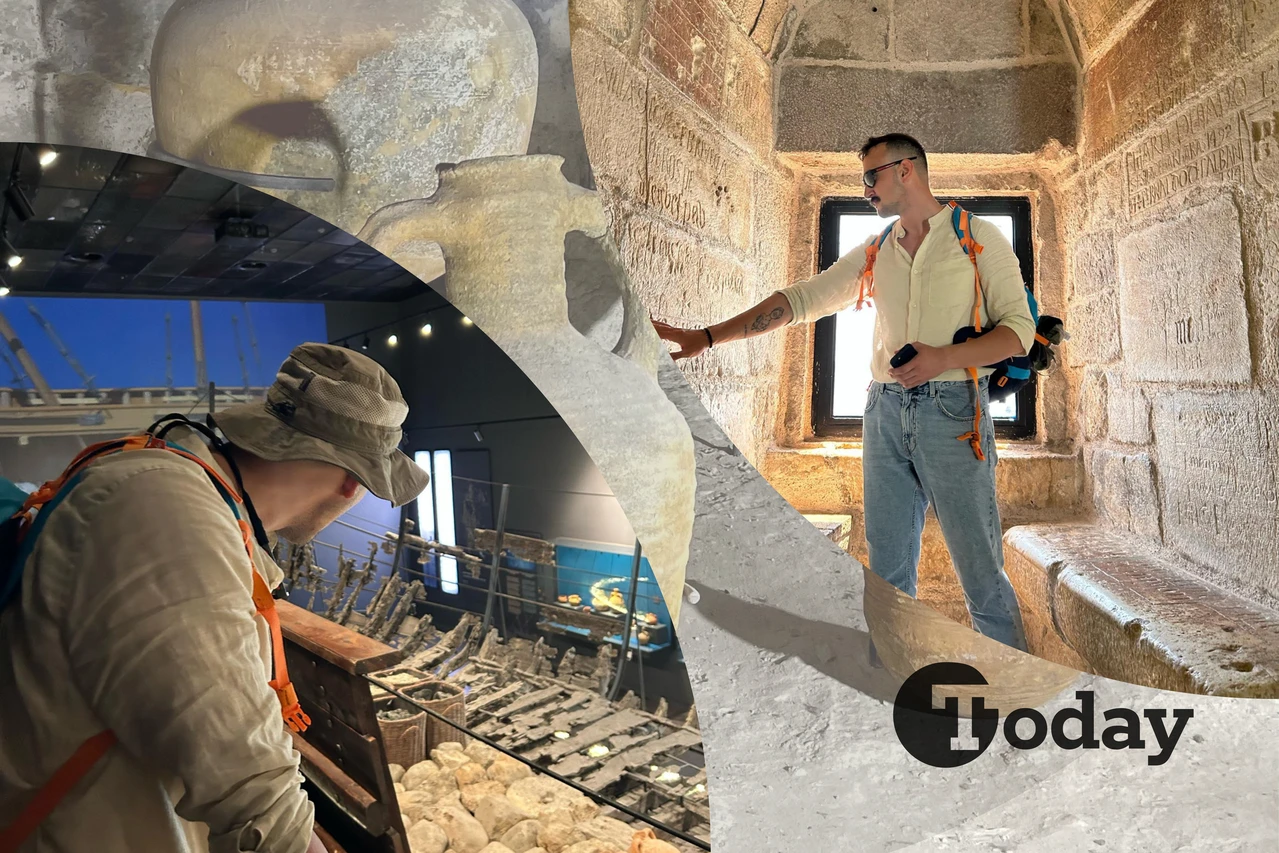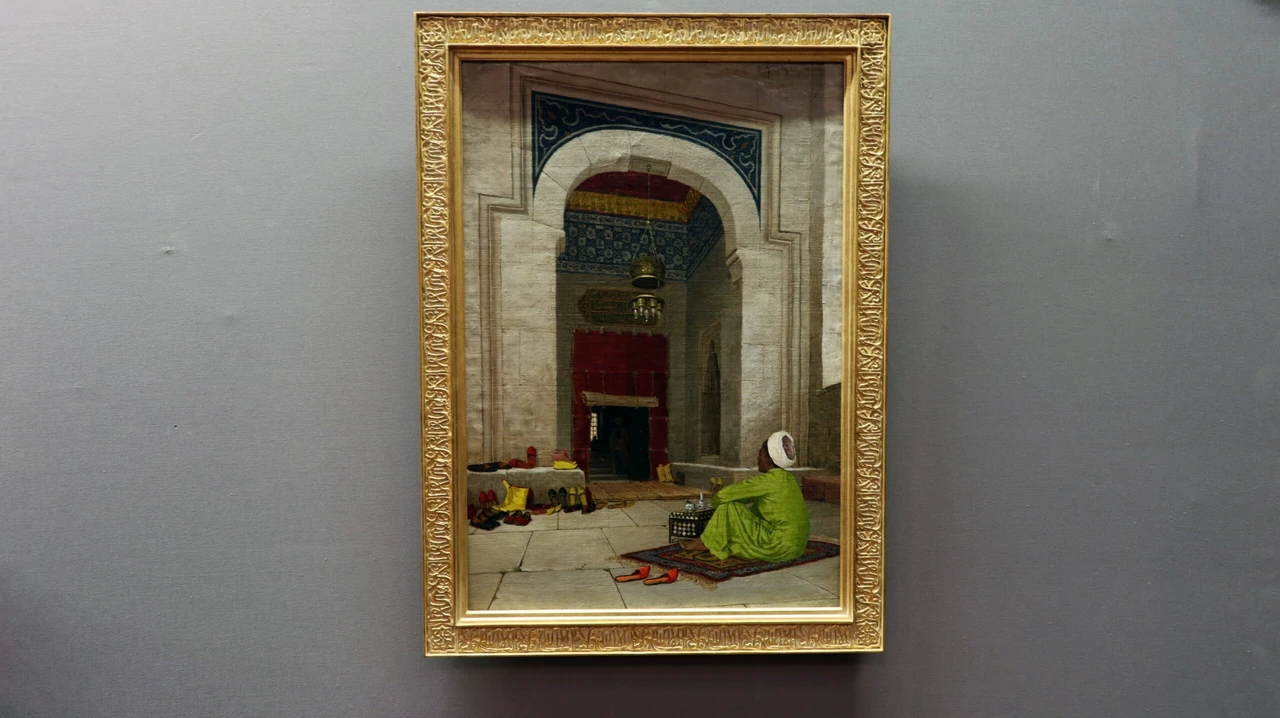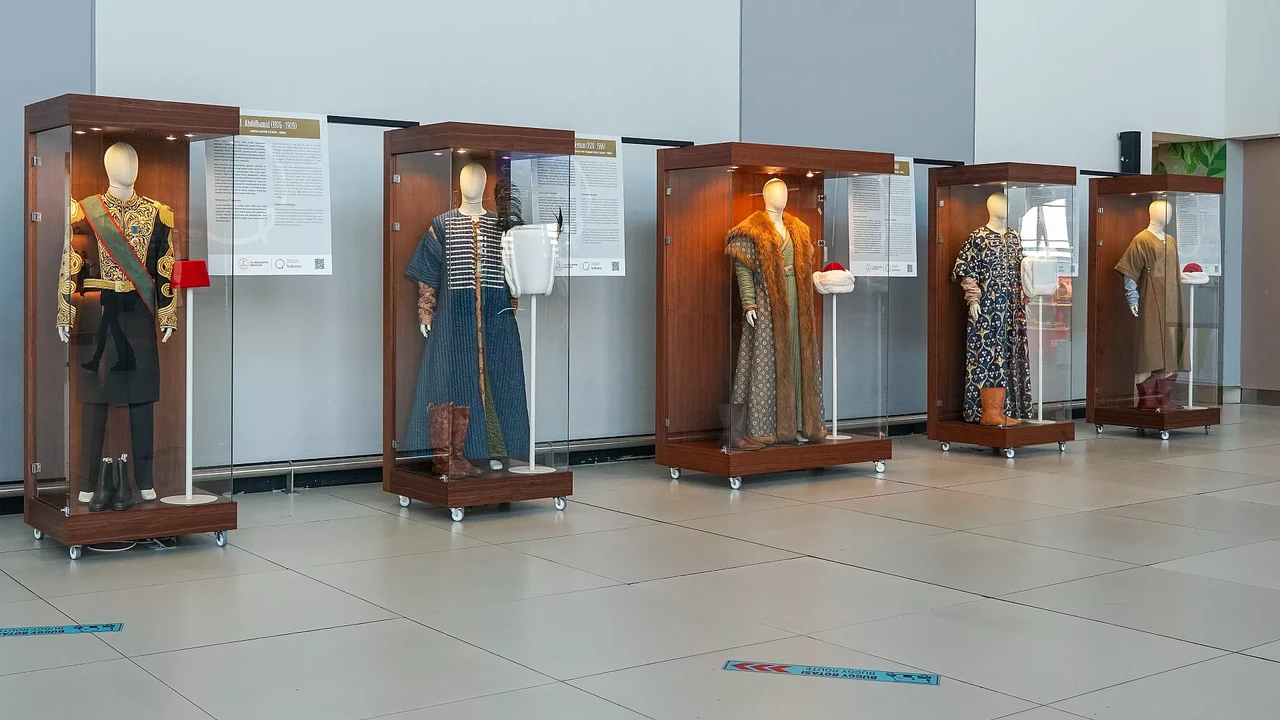Mysterious tablets, artifacts found in Nerik, Hittite Religious Center
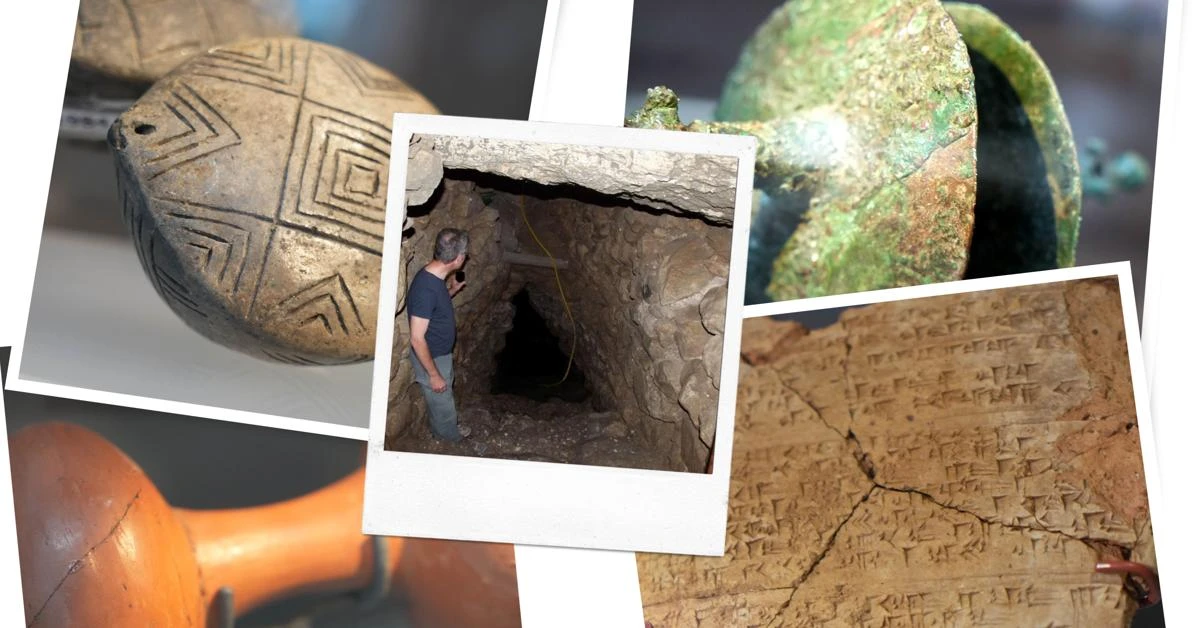
The cuneiform tablets found in Samsun Vezirköprü Oymaagac Hoyuk after the excavations in Nerik, the holy city of the Hittites, draw attention as the most important material cultural remains
Archaeologists have finally identified the location of the sacred Hittite city of Nerik. After years of research, the city has been pinpointed at Oymaagac Hoyuk, situated in the northern sector of the Vezirkopru Plain, south of Samsun in Turkey.
This sheds light on several unanswered questions regarding the city’s location and past. The discovery of more than 20 Hittite cuneiform tablet fragments during the surveys conducted in the mound between 2005 and 2006 and the excavations carried out since 2007 is considered to be one of the most important material cultural remains.
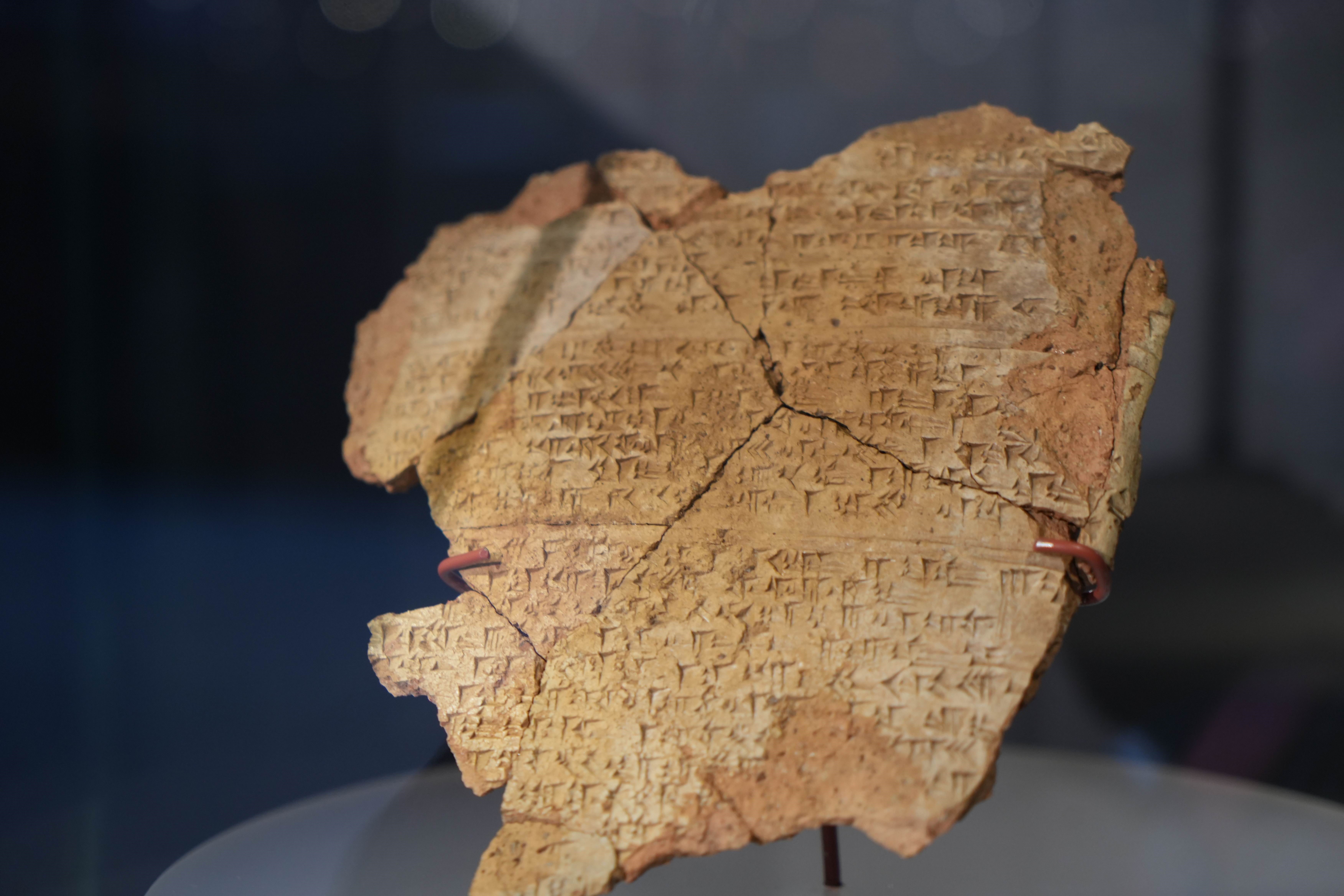
Unique tablet-making technique
The tablets mention the name of the city of Nerik, the gods of Nerik, including the Storm God and his consort Zah(s) Acuna, and the surrounding areas of Nerik, such as Mount Haharwa.
In addition, two tablet fragments mention a Dahanga made of both wood and stone. Dahanga arouses curiosity as an architectural element that is not yet known but only found in Nerik. These tablets and the artifacts of the period attract great interest from visitors to the Samsun Museum.
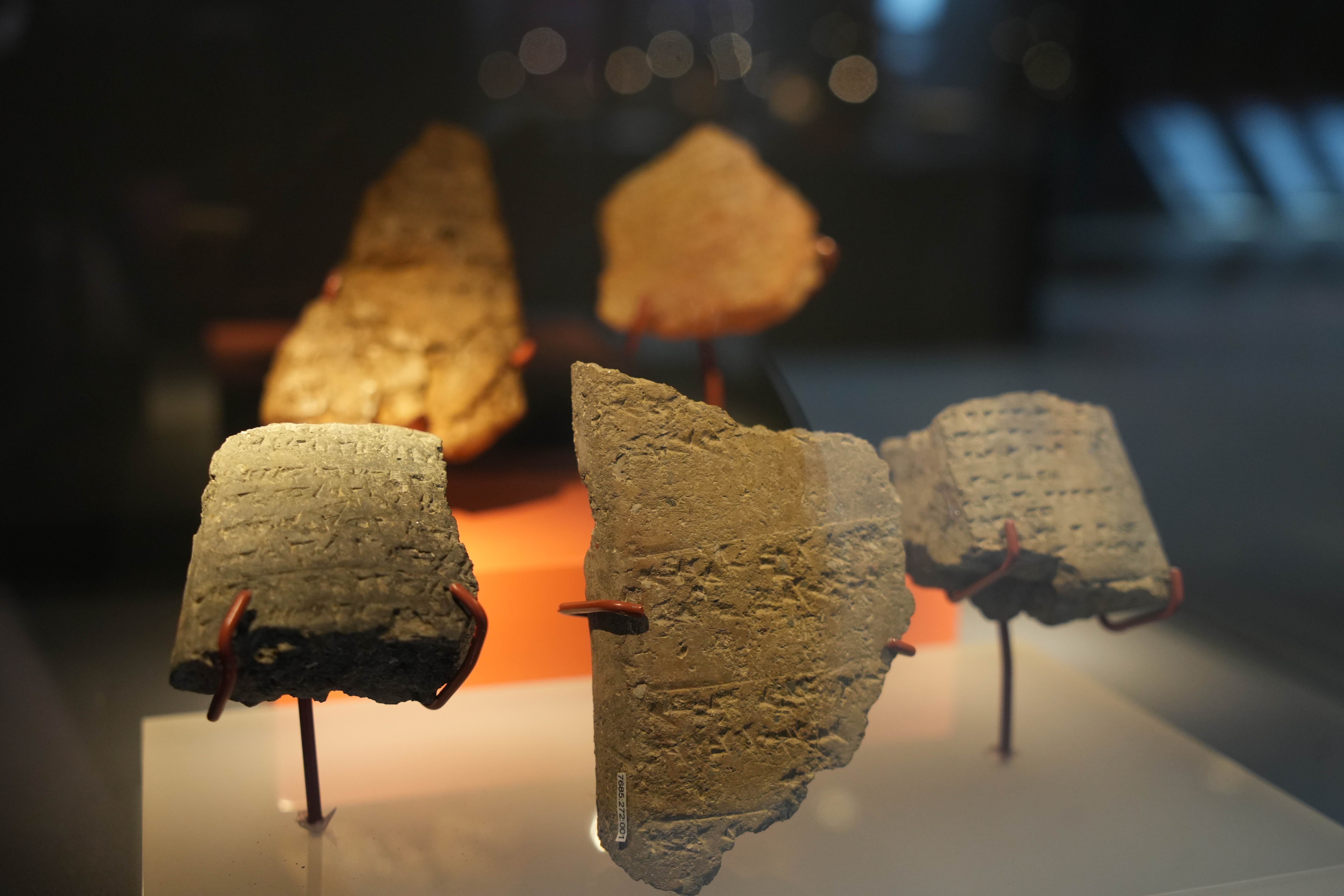
The architectural remains unearthed in the mound also support the Oymaagac Hoyuk-Nerik equation. A temple similar to the ancient temples of Hattusa, a square grain storehouse, a typical Hittite fortification gate and a water spring with a staircase leading underground date back to the Hittite period. It is reported that a temple measuring 40 by 40 meters was found on the northeastern hill of the mound, whose foundation dates to the Middle Bronze Age and the latest layer to the second Suppiluliuma period.

According to the Ministry of Culture and Tourism, “Due to the location of the building and its finds, it is characterized as the temple of the Storm God. Among the finds, terracotta figurine fragments depicting bulls named Serri and Hurri, the symbol animals of the Storm, are remarkable. Upon arriving in Nerik, the end point of the key journeys made during the Purulliye (spring) festival and other festivals, sacrifices were made and various gifts were given to the Storm in this temple. In the courtyard of the temple, a large number of disposable miniature pots and plates, which are known to have been used for religious purposes rather than daily use due to their quality, were unearthed.”
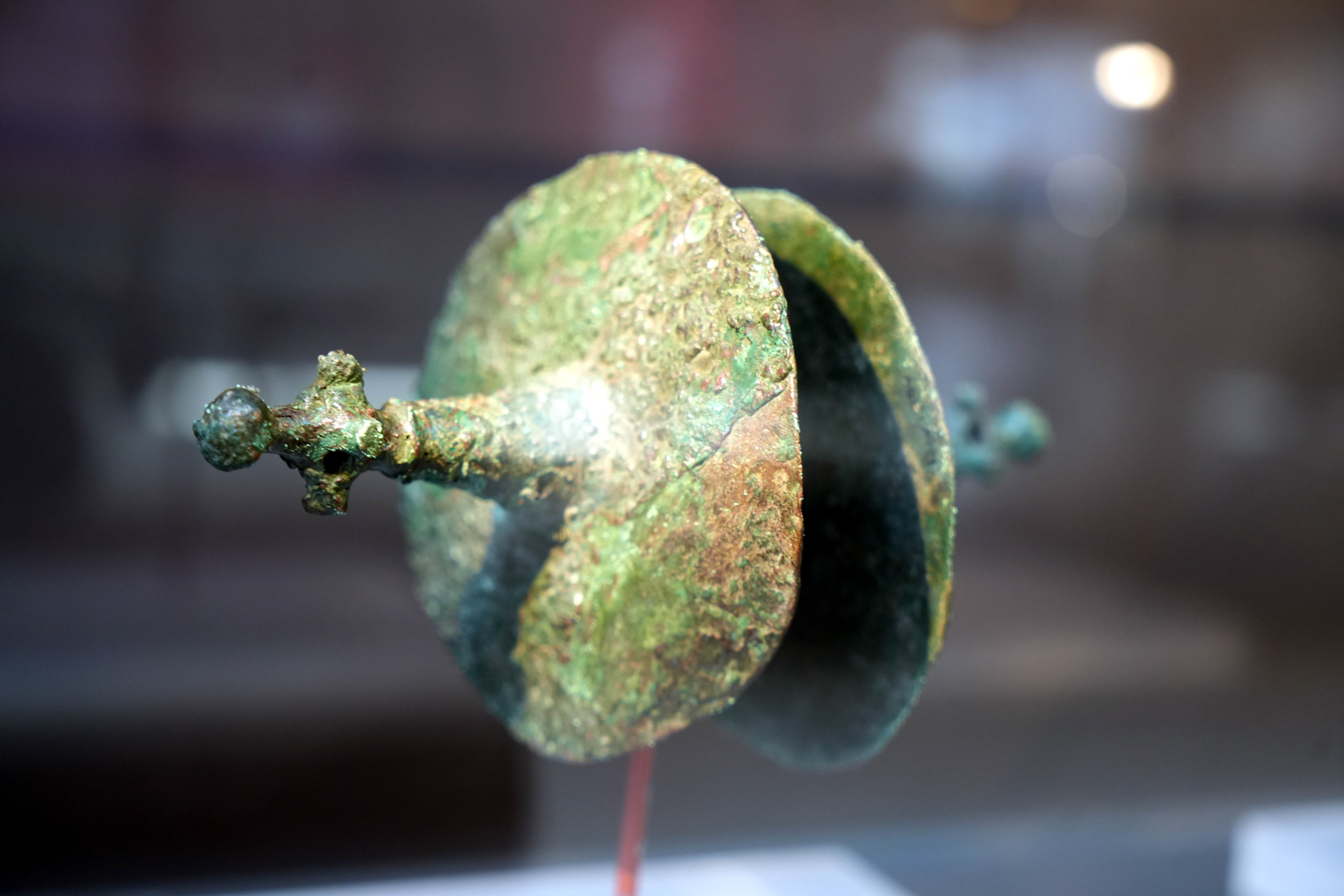
Remarkable musical instruments of Hittites
On the other hand, the musical instruments used by the Hittites also attract attention. The museum also exhibits early Bronze Age bronze rattles made of terracotta and several musical instruments.
“Cuneiform documents and visual archaeological materials provide information about the musical instruments used by the Hittites and the materials they were made of. In addition, which instruments will be played together in which ceremony and the details are also specified. Stringed instruments such as the lyre, harp and baglama, percussion instruments such as drums and tambourines, wind instruments such as the double trumpet and natural trumpet, and self-tuned instruments such as the cymbal, cymbal and sistrum are the instruments mentioned in Hittite written and visual documents. The saz, one of the most popular regional instruments in Anatolia, is a musical instrument that is also commonly seen in Hittite Period visual sources.”
Source: Newsroom
